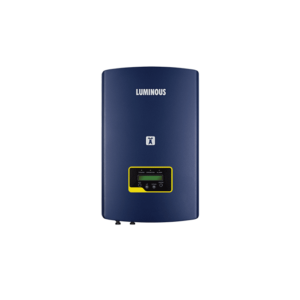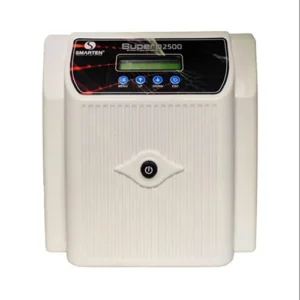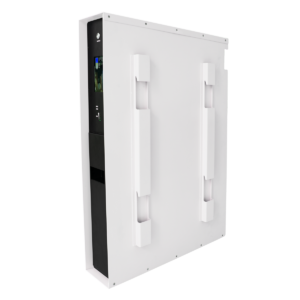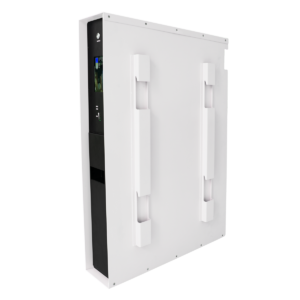Lithium Batteries
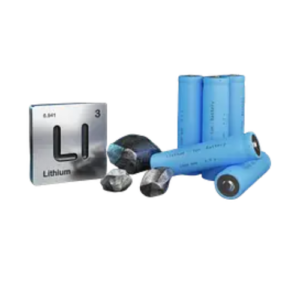
Lithium batteries are those that use lithium as their anode. During discharge, the charge travels from anode to cathode, and during charging, it travels from cathode to anode. The 1980s and 1990s saw the introduction of lithium batteries. The market for portable devices, including laptop computers and cell phones, has been totally transformed by these batteries.
What is a Lithium Battery?
Lithium-ion batteries (LIBs) have drawn the most attention among developed batteries and have grown in significance in recent years. LIBs provide a long service life, high coulombic efficiency, high discharge power, and high energy density when compared to other batteries. These features have made it possible for LIBs to make impressive progress in a variety of fields, such as flexible and portable electronics, electric cars, and stationary applications like BESS.
What are the major components of a Lithium Battery?
The anode, cathode, separator, electrolyte, and two current collectors (one positive and one negative) are the main parts of a battery.
1. Lithium ions are stored in the anode and cathode electrodes. Usually, the cathode is the positive electrode and the anode is the negative electrode.
2The electrolyte is a conductive substance that helps lithium ions travel from the anode to the cathode. It is typically a substance that is liquid or gel-like.
3. Separator Located between the anode and cathode, the separator permits lithium ions to flow through it while preventing direct electrical contact between them.
4. Conductive materials that are connected to the anode and cathode and are used to collect and move electrical current to and from the external circuit are known as current collectors.
How Lithium Battery Works?
Allow me to describe the fundamental design of a battery. One type of rechargeable battery is the lithium battery. Lithium batteries operate and function similarly to other types of batteries. The battery is made up of many cells. We must first understand what a cell is. An anode, a cathode, and a separator make up the closed entity that is the cell. A separator is a porous membrane that physically divides the anode and cathode, where anode denotes positive (+) terminals and cathode denotes negative (-) terminals.
Depending on our requirements, we can either link these cells in parallel by joining the anode and cathode of every cell, or in series by joining the anode of one cell to the cathode of another, and so forth.
According to the formula P=VxI, power is the product of voltage and current. By attaching a load to the battery, this power can be utilised; the entire circuit is referred to as an external circuit. Depending on whether we are utilizing a DC or AC load, this circuit can be a DC solution. The battery can be connected using an inverter with a certain rating.
Current moves from the anode to the cathode, or positive to negative terminal, when the load is connected. On the other hand, current moves from cathode to anode during charging when the polarity is reversed.
Lithium Battery Price List in 2024
The price of a lithium battery is measured in kWh. At present, the price of a 5kWh battery is Rs.1,15,000 which comes in 100 Ah /51.2 Volt ratings.
Last Updated on: Fri, December 13, 2024
| Batteries Models | Price All Inclusive |
| CAML 100Ah, 51.2V / 5.12kW | ₹1,15,000 |
| CAML 100Ah, 48V / 5kWh | ₹1,08,000 |
The price of a Lithium Battery is almost two times higher than a lead-acid battery, but in the next 2-3 years, the cost of a Lithium Battery will be at par with Lead-acid batteries.
Showing all 3 results
12V-80Ah-1024Wh LFP Battery
Lithium Batteries Original price was: ₹26,360.28.₹21,966.61Current price is: ₹21,966.61.Powerwall 3.0 14.4Kw-48V-300Ah
Lithium Batteries Original price was: ₹399,822.50.₹395,428.82Current price is: ₹395,428.82.Powerwall 3.0 Plus 9.6Kw-48V-200Ah
Lithium Batteries Original price was: ₹311,949.03.₹307,555.36Current price is: ₹307,555.36.



